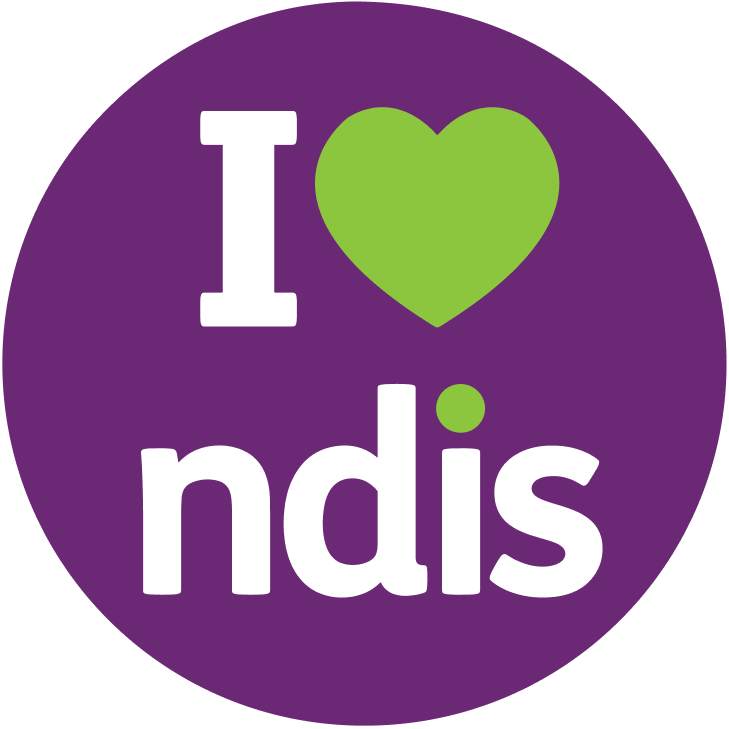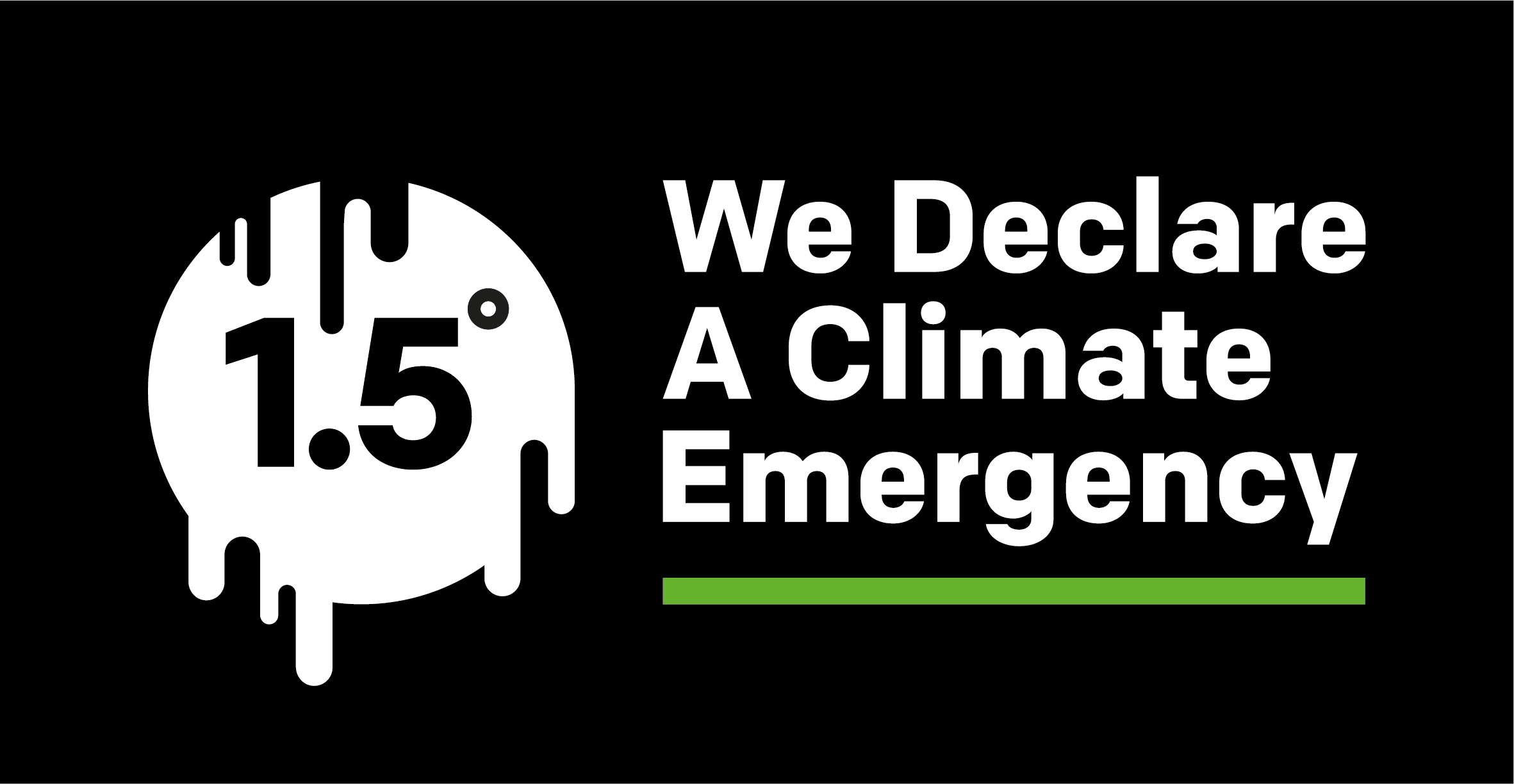AAC Terminology
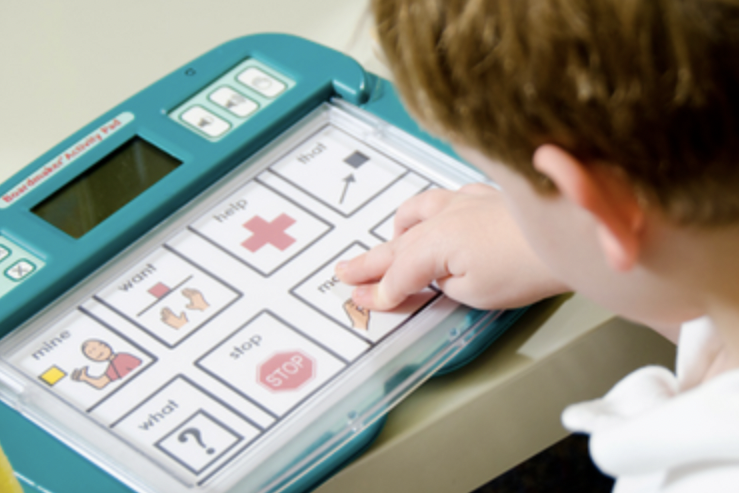
| AAC | Augmentative and Alternative Communication – these are either tools, technology or strategies that support communication for people who cannot rely on speaking. AAC provides other modalities/modes of communicating. |
| Multi-modal communicator | Someone who uses more than one modality to communicate e.g. makes some vocalisations and uses a device to communicate longer messages. |
| AAC User | Someone who communicates by using AAC tools. They may have already had training and experience and supported by previous or other therapists. They may be relatively independent with their AAC tool, or may still require occasional support. |
| AAC Learner | Still learning how to use their AAC to communicate. These learners may need different strategies to support their communication, as opposed to someone who is already a “user” and using AAC independently. |
| Presume Competence | Everyone has the ability to communicate and learn, and everyone has the right to express that. When we presume competence we are providing the AAC learner the right opportunities, the right AAC tools, the chance to teach, explore, connect and allow time for communication to develop. |
| Core Vocabulary | Core words are the primary building blocks of language, they add meaning to the communication and make up the majority of our spoken output. For example, instead of saying “car” and knowing what is meant, would use core words like “want car”, “play car”, “car go” or “where car?” |
| Fringe Vocabulary | The words that make a message more specific. Fringe words might be less frequently occurring, and context specific, for example pizza, TV, couch. We might use fringe words to give more information e.g. instead of just using core words “I like this” you would add “I like this cheese pizza” |
| Static/Fixed Display | The display is static and does not change when a picture or symbol is selected. A fixed display can be used with no tech, light tech, mid tech or high tech systems. |
| Dynamic Display | The display changes when an icon is selected. A dynamic display is used with high tech, computerized devices, and “touch screens offer much flexibility since they can be reconfigured depending on the software” (Hill, n.d., Touch Screen Interfaces section, slide 6.10). Dynamic displays allow for programming of extensive amounts of vocabulary because each page can be embedded into another. |
| Robust AAC | Includes:
|
| Communication Access | 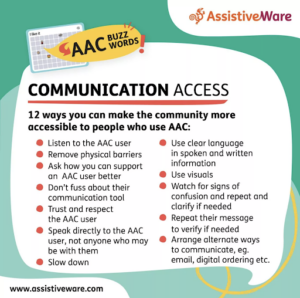 |
Shannon
Fora's Speech Pathology team
